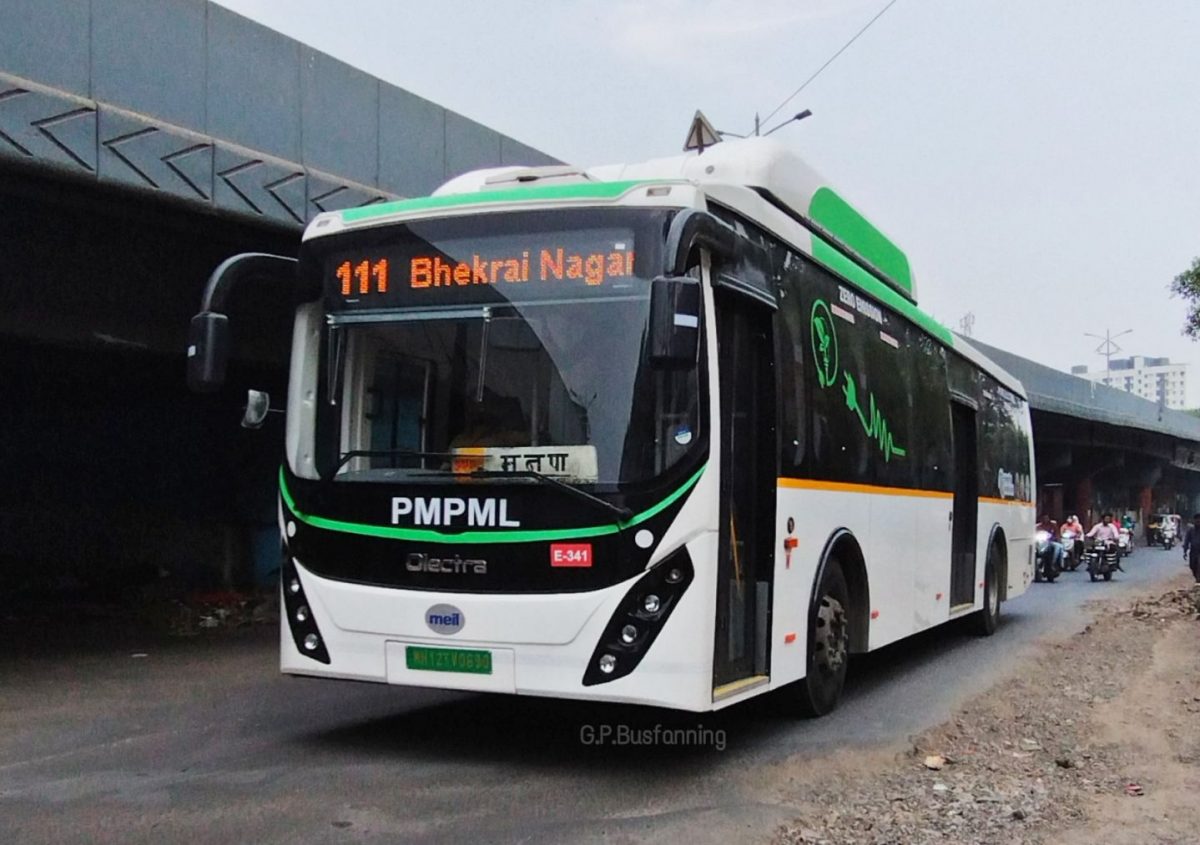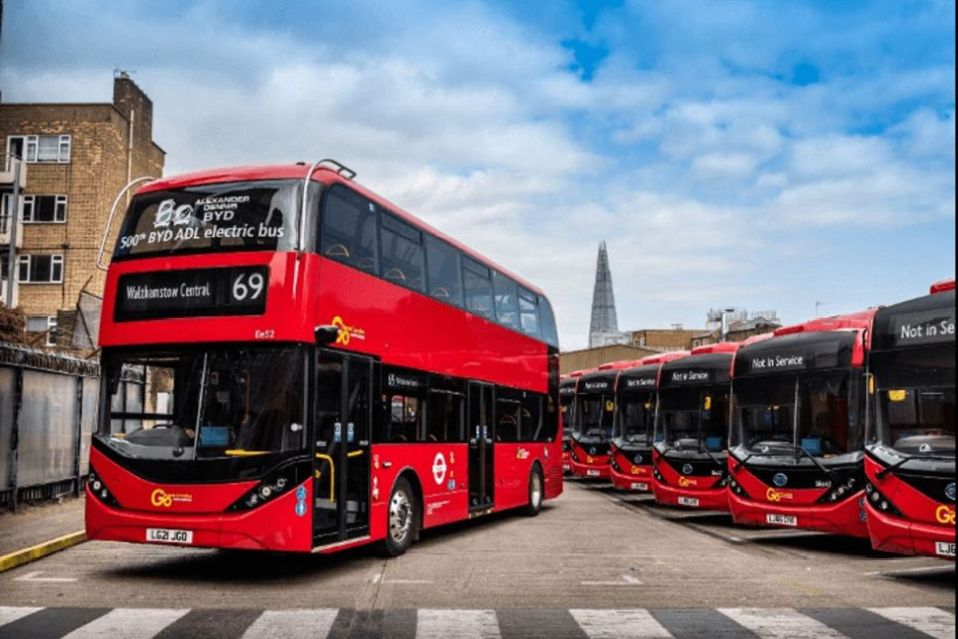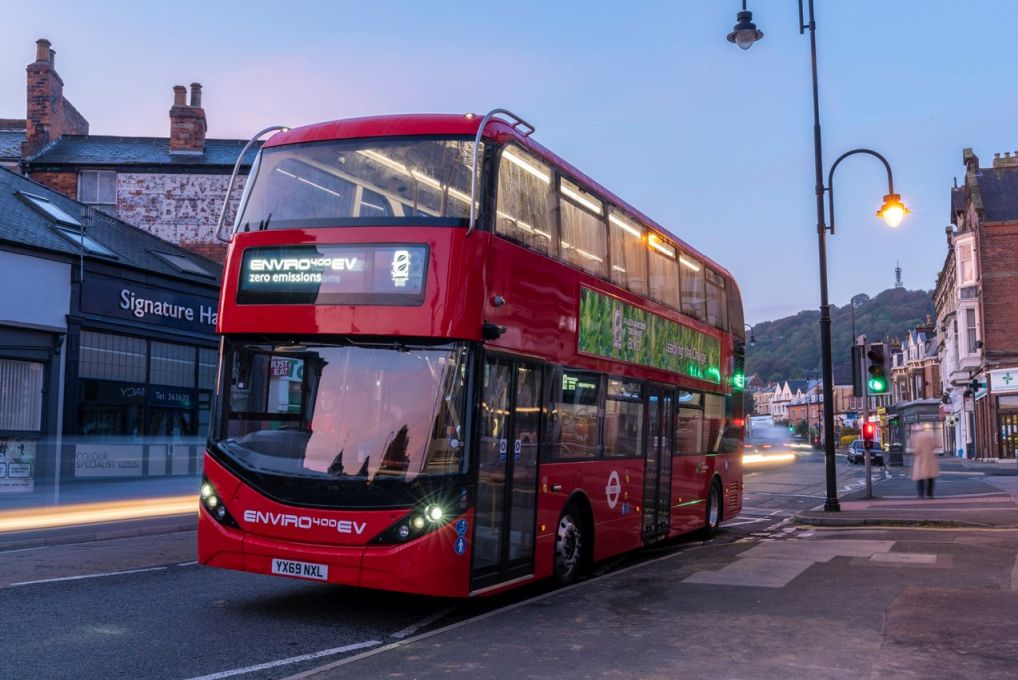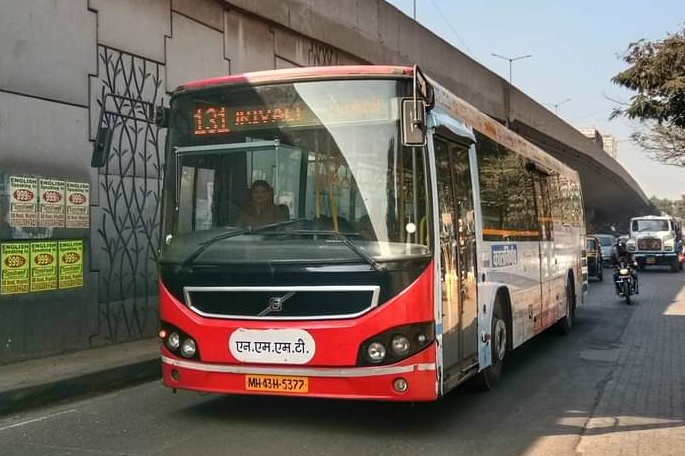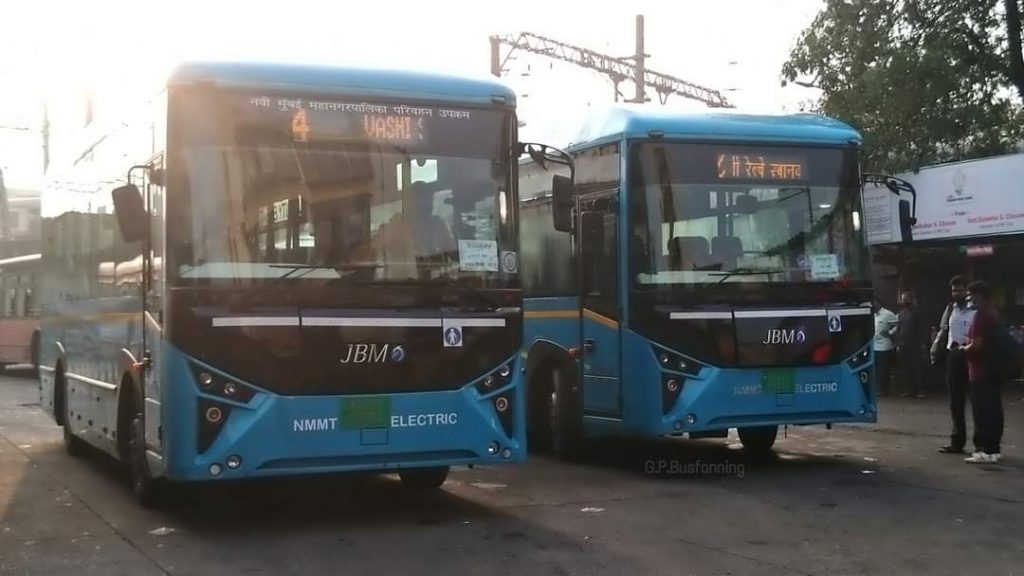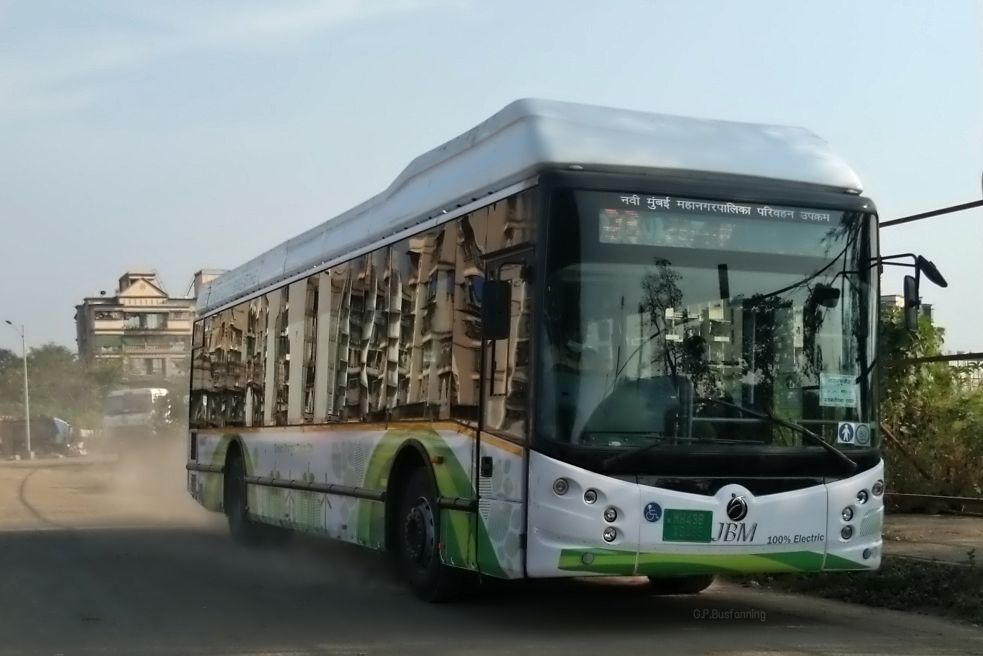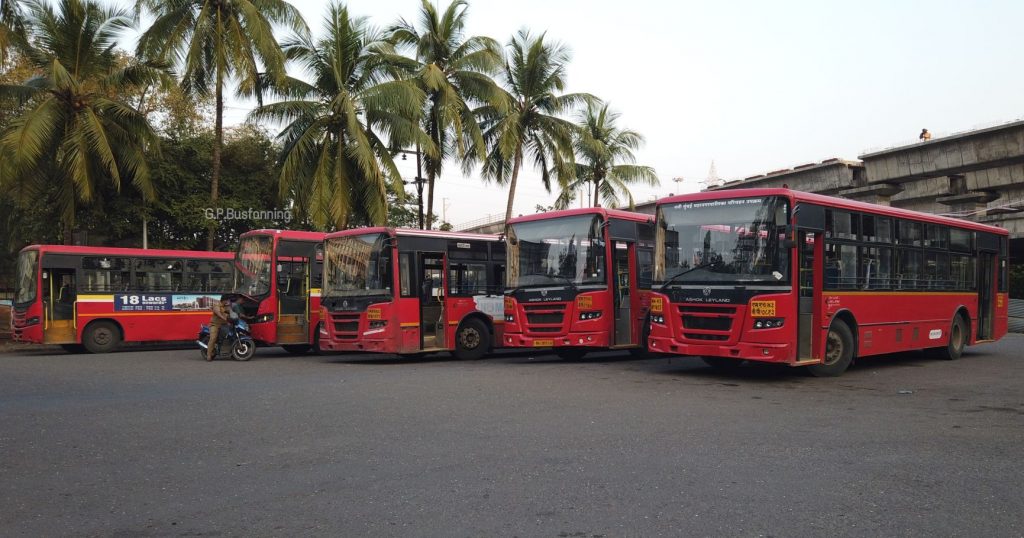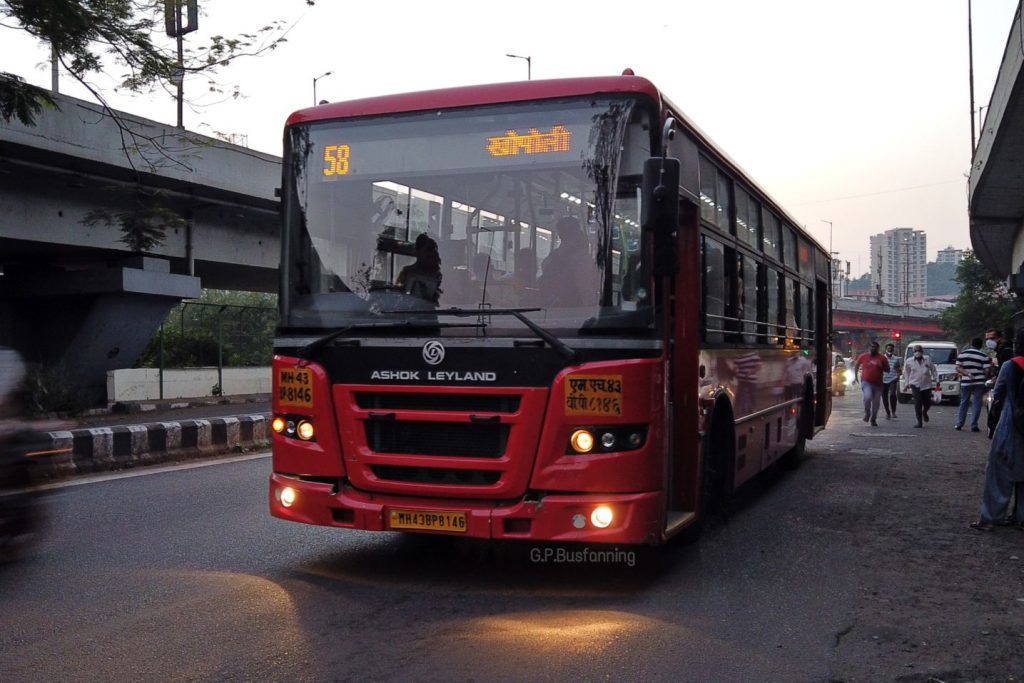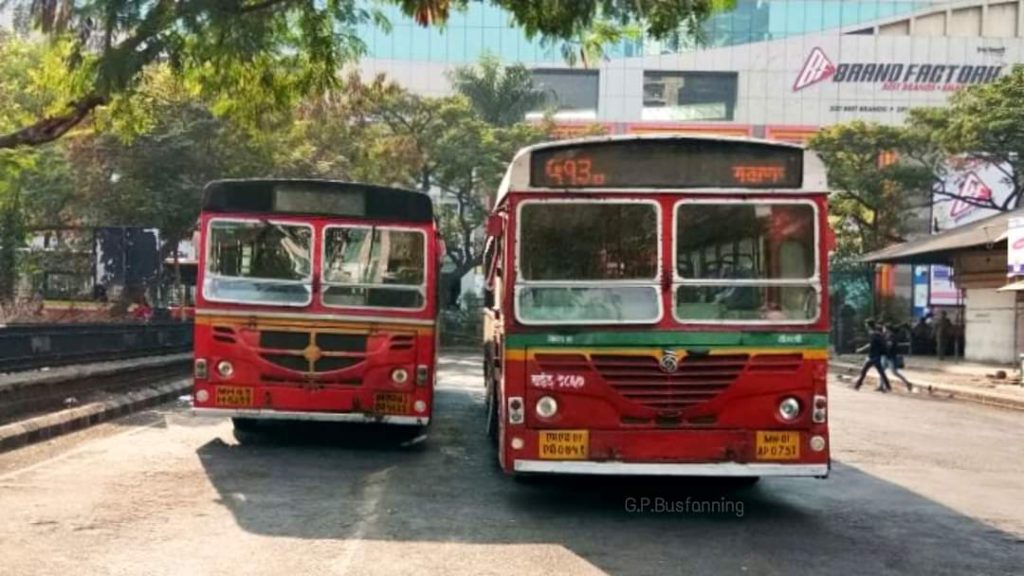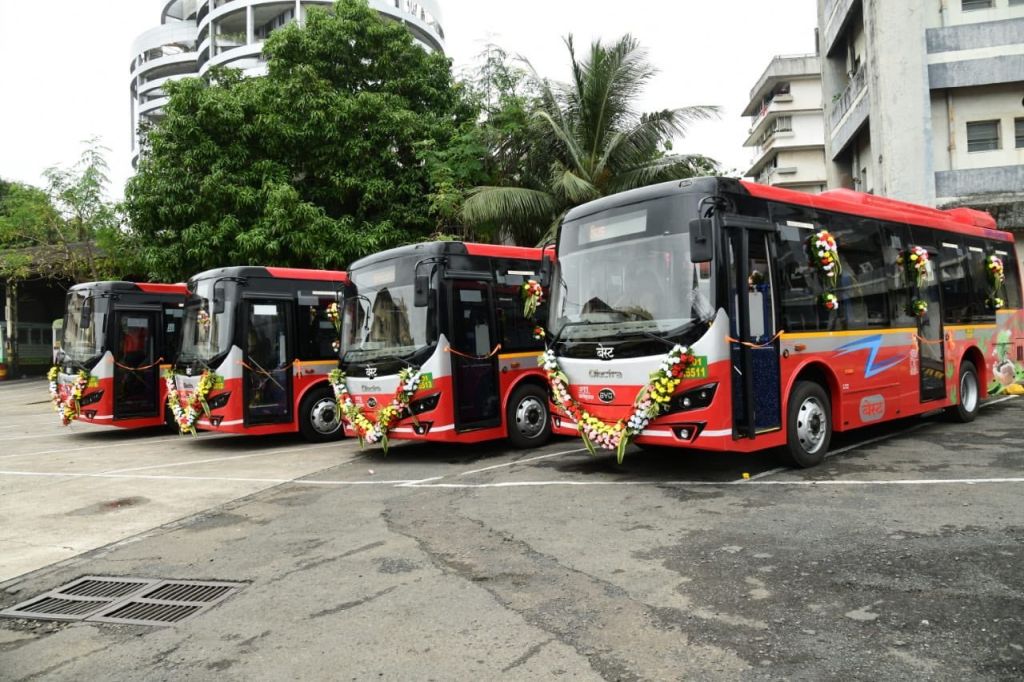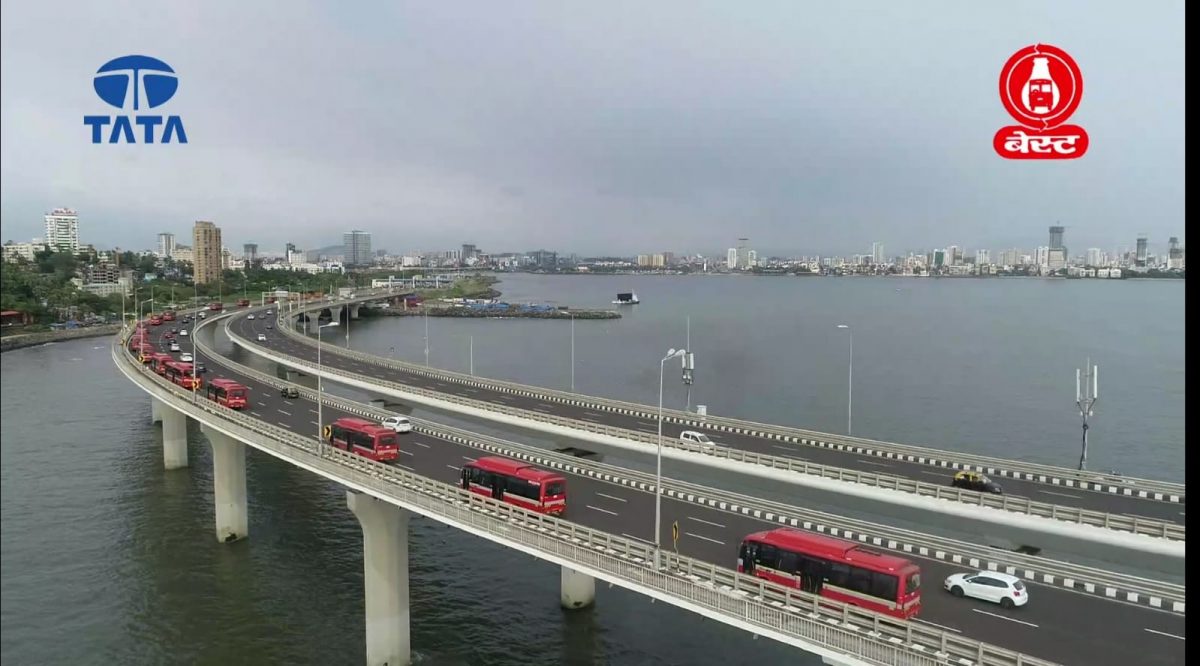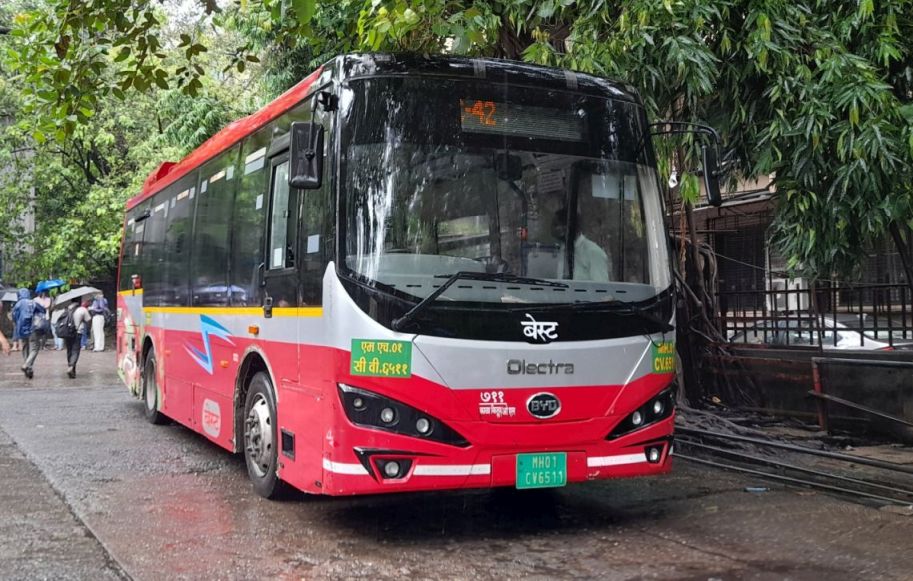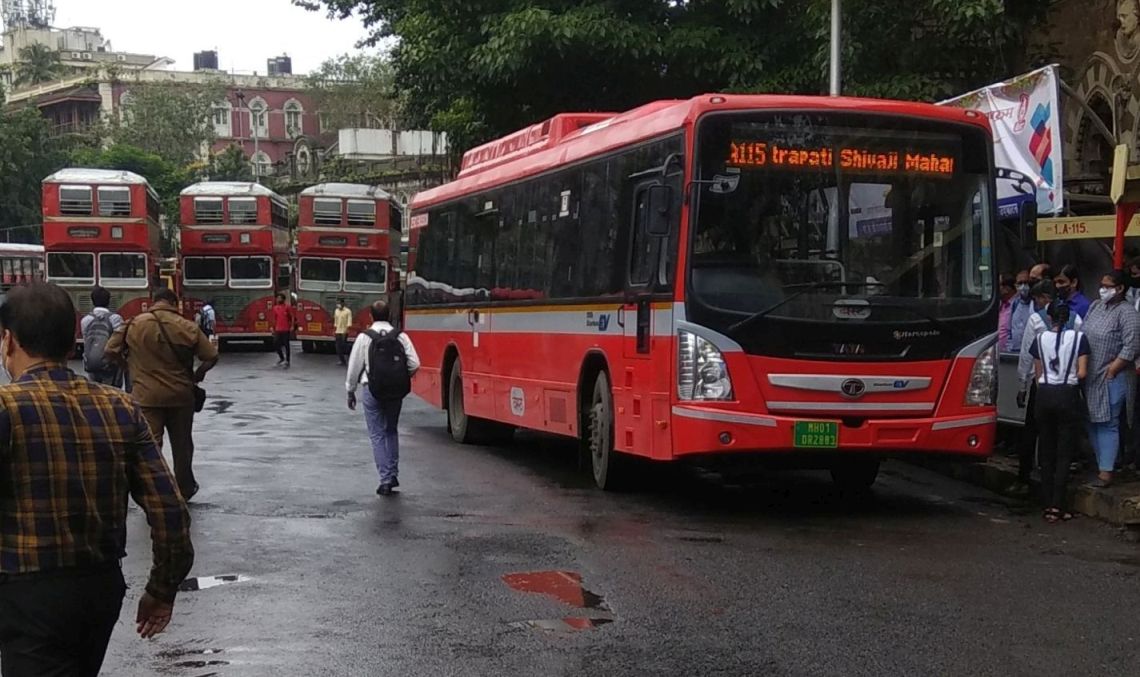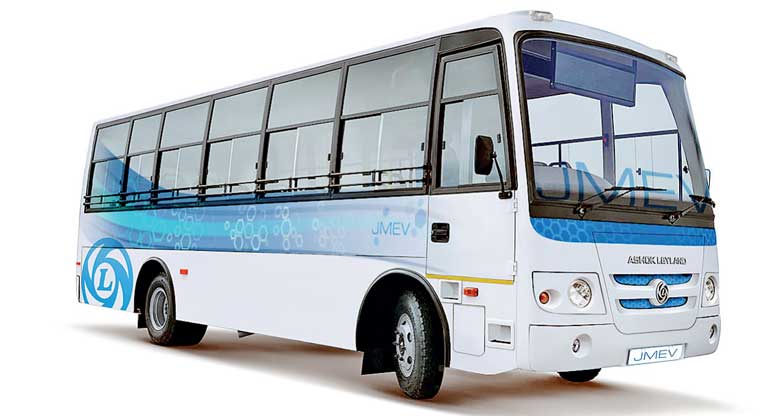Olectra Greentech Limited bags an order of 2,100 SD EVs from BEST worth ₹3,675 crore. After ordering a lot of Buses from Tata, BEST seems trying to woo bus fans by choosing OGL.
In effort to strengthen its bus fleet, the Brihanmumbai Electric Supply and Transport (BEST) undertaking had issued a tender for 1,900 AC Electric Buses (with drivers) in late 2021. This tender included 100 Mini Buses, 400 Midi Buses and 1,400 Single Deck Buses. As the biddings proceeded, Olectra Greentech Limited was considered as the L1 bidder for Mini and Midi Buses while Tata Motors Limited was considered as an L1 bidder for the 1,400 SD Buses. This invited a huge controversy over BEST compromising quality over quantity, since the TATA Starbus Urban EVs that are already in service are running with a lot of technical drawbacks. Few months passed and the tender was modified to be meant as only 1,400 Electric AC Buses with drivers and this time, Evey Trans Private Limited (a subsidiary of Olectra) won as the L1 bidder, with Switch Mobility (Ashok Leyland) and PMI Foton being the next two.
Tata Motors was rejected on the basis of their technical specifications and claiming it an unfair decision, approached the High Court. Causis E-Mobility (Naam toh suna hi hoga) too participated in this tender and got straightaway rejected. Olectra issued a letter of Acknowledgement on 23 May 2022 stating 2,100 Electric Buses with drivers would be procured for a contract of 12 years. After three years, Olectra has won a contract for BEST. On this occasion, let’s have a revision of Olectra’s journey so far with BEST.
A Track Record of Olectra’s buses with BEST
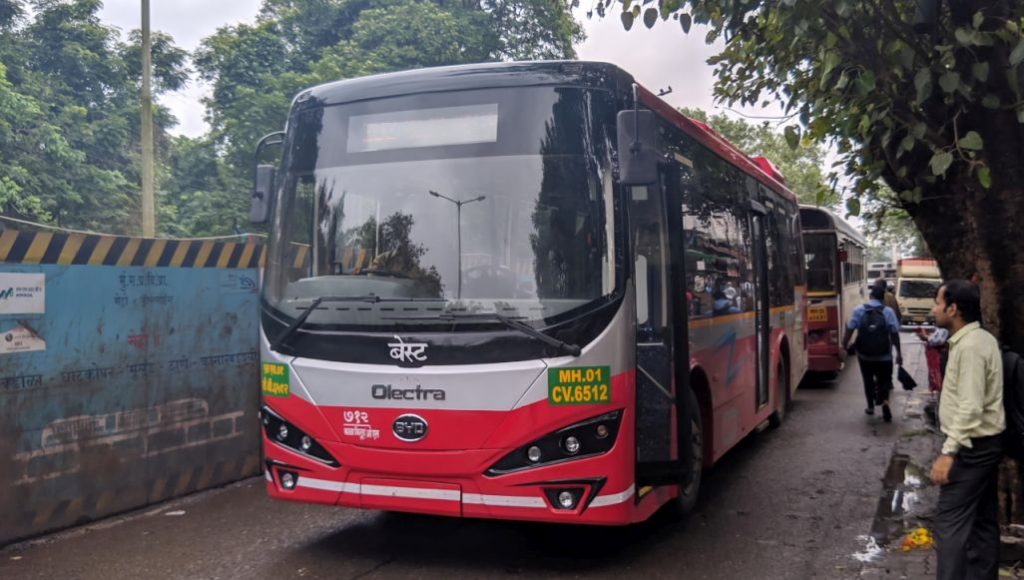
In 2018, BEST had purchased six non-AC buses built by KMS Coach Builders under the brand name Goldstone (since renamed Olectra). These electric buses are operated by Backbay Depot till date on route 100 from Ahilyabai Holkar Chowk (Churchgate Station) to Free Press Journal Marg (Nariman Point). Back in 2018 when the buses were new, Backbay used to send them on Route 25Ltd to Rani Laxmibai Chowk, Sion in the morning.
On 10 September 2019, the first wet-leased Olectra K7D: – 711/KK/OL of Kalakilla Depot ran on route A302 from Maharana Pratap Chowk, Mulund (West) to Rani Laxmibai Chowk, Sion via LBS Marg. It was the same time, when BEST had slashed down their ticket fares to ₹5-20 for non-AC Buses & ₹6-25/- for AC Buses. With this being the only active AC Bus in the suburbs, passengers were reluctant to board the AC Bus with the fear of having heavy prices. It was the effect of fare slash ‑ conductor was promoting the fact of ticket not costing more than ₹25. As of now, 20 AC and 20 non-AC electric Midi Buses continue to serve the Kalakilla Depot of BEST which is also utilised for charging the Mumbai – Pune PuriBus, side by side.
In initial days, there happened to be complaints about the crew misbehaving with passengers in terms of stoppages, since BEST operated several routes without conductors. In this case, the drivers were instructed to pick up passengers only from bus stops where a conductor would be present for ground booking. One case was an activist, claiming himself to be a BEST Officer shat on the bus driver.
After multiple complaints, buses on long routes were given conductors onboard from 1 September 2021 and this, in a way helped clearing the mess. The maintenance of Olectra K7D was kept top notch all the time. This was the last model with BEST to sport the vertically opening windows that are becoming a part of history. The unique window design ensures proper ventilation inside non-AC buses. The contractor also took care of installing the old-school horns, that are a trademark for BEST uses along with the bell-pull that remains the best means of communication between a driver and conductor despite of all the technical advancements in buses.
In recent past, there were cases of ill-maintained buses of Olectra running on route 66 and C42 with broken rear windshields and window panel not properly replaced (happened with an AC Bus serving on C42Exp from Sion to Dadlani Park), although, both the buses were immediately attended and put back in service. In past three years, this 9-metre Olectra K7D did not just limit itself to Fort, Thane and Central Mumbai, but went beyond its reaching Mira-Bhayander as well.
Conclusion
The order of 2,100 Buses from Olectra was heavily welcomed by busfan community, knowing the performance of BYD Buses in service around the world. With Mumbai getting Single Deck Electric Buses in huge volume makes the aim of BEST electrifying the fleet by 2025 more clear, the Olectra K9D 2.1 soon joining the fleet has left several bus enthusiasts in excitement.
Wishing our hopes do not turn into ashes and BEST is really serious about fleet expansion. The fate of 900 Electric Buses is still awaited, where we have two big players in the market: Switch Mobility (Ashok Leyland) and Olectra Greentech (BYD K10). Another perspective of seeing this positivity is the date of Mumbai Municipal Elections, that let me to use the term “woo” in the beginning since at this moment, neither the crew nor busfans are happy with the current situation of BEST.
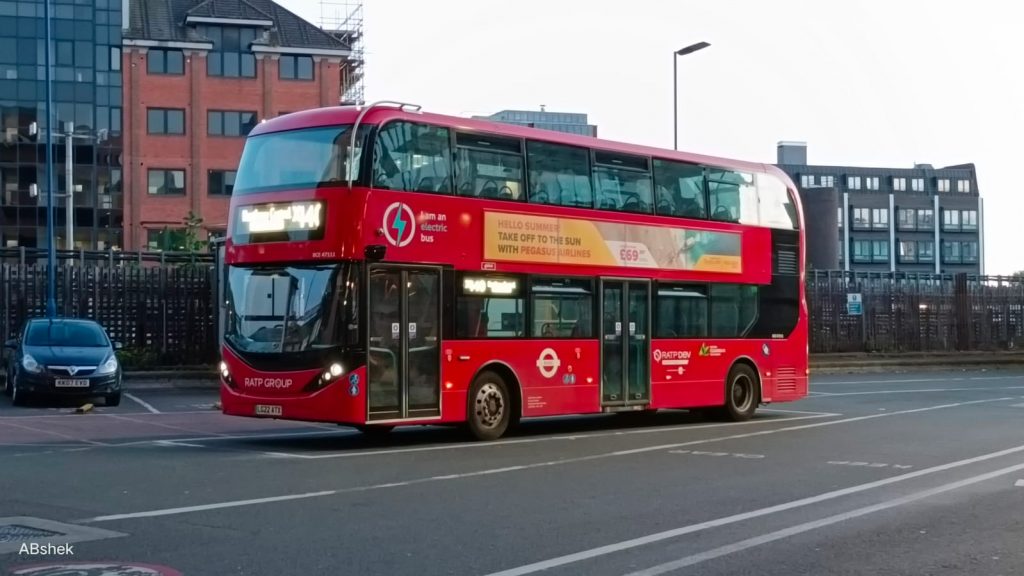
Passengers are trying to find other alternatives when a bus does not show up. It is high time BEST improves its image in the public domain or else it might end up in a downward spiral. With Tata Motors, JBM and Causis not able to qualify as per the mark, Olectra has taken the golden opportunity to a breakthrough. With the codal life of TATA CNG buses ending in 2024 and that of BS3 Ashok Leyland Buses in 2025, this huge order proves to be a better replacement to bring a balance in the bus fleet.
Featured Image: MEIL Olectra K9 2.1 of PMPML Bhekrai Nagar Depot (Picture: Gandharva Purohit)
If you are stepping out, do note that while masks are no longer mandatory, please stay safe, better safe than sorry. (P.S: I personally recommend getting the Viroshield Mouth Spray by Zydus Cadilla)
Note: An earlier version of this article said that the initial Olectra buses were built by BEBCO Body Builders and not KMS Coach Builders.
![]()
